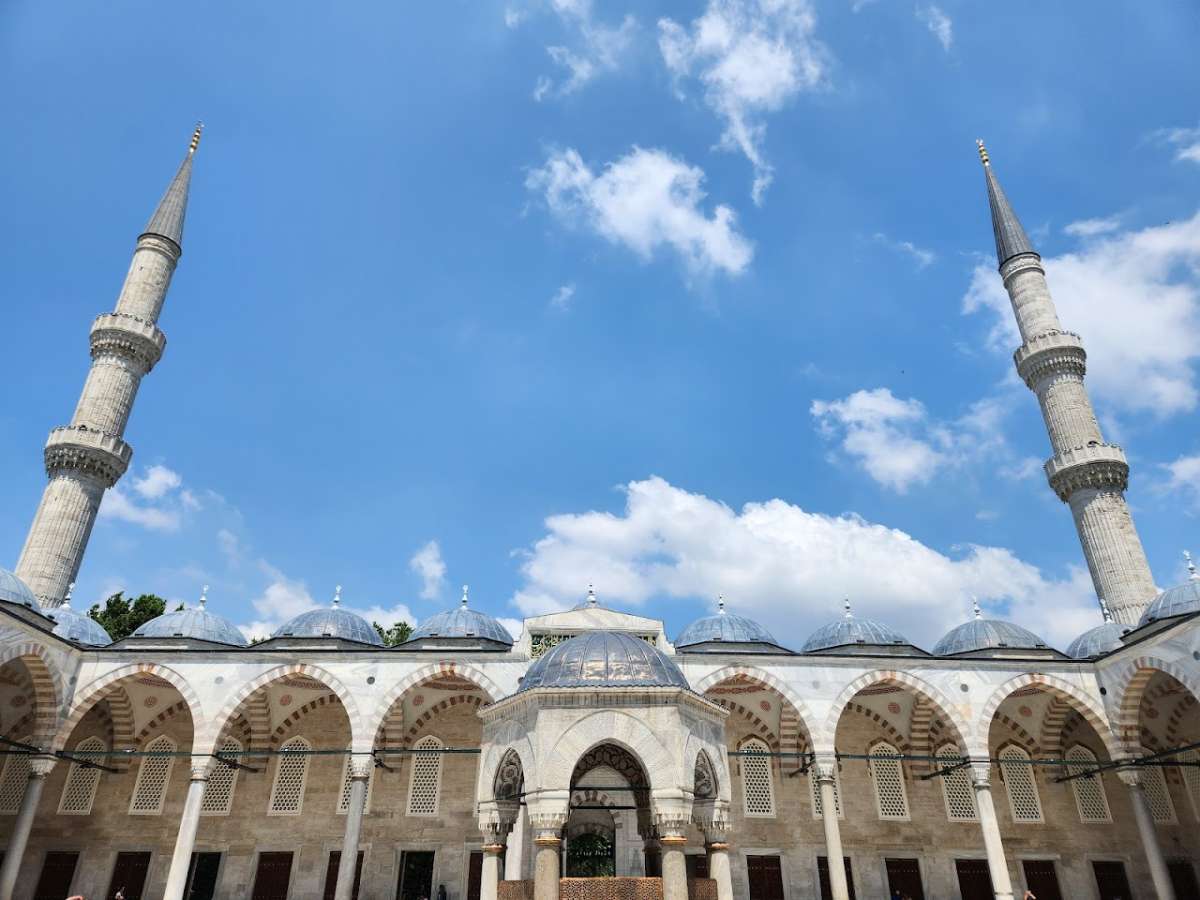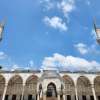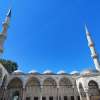The Blue Mosque, officially known as the Sultan Ahmed Mosque, is one of Istanbul’s most iconic and historically significant landmarks. Built between 1609 and 1616 during the rule of Sultan Ahmed I, the mosque stands as a masterpiece of Ottoman architecture, renowned for its stunning design, grandeur, and the harmonious blend of Islamic and Byzantine elements. It remains an active place of worship while also being a major tourist attraction, drawing visitors from around the world.
The Blue Mosque gets its popular name from the striking blue Iznik tiles that adorn its interior. Over 20,000 handmade ceramic tiles, featuring intricate floral patterns, cover the walls and dome, creating a mesmerizing effect that bathes the mosque in a soft, blue light. The mosque’s design is the work of the famous architect Sedefkâr Mehmed Ağa, a student of the great Ottoman architect Mimar Sinan, and it reflects the zenith of Ottoman architectural achievement.
The exterior of the Blue Mosque is equally impressive, characterized by its six towering minarets and a series of cascading domes and semi-domes. This architectural design was groundbreaking at the time, as most mosques traditionally had four minarets. The six minarets of the Blue Mosque symbolize its importance and the ambition of Sultan Ahmed I to create a structure that would rival the grandeur of the nearby Hagia Sophia, which had been the most prominent building in Istanbul for nearly a thousand years.
The mosque’s interior is equally breathtaking, with its vast prayer hall, supported by massive pillars and lit by hundreds of stained glass windows that enhance the ethereal atmosphere. The central dome, nearly 43 meters high, is adorned with calligraphy and intricate arabesque patterns, further emphasizing the mosque’s spiritual and artistic significance.
The Blue Mosque serves not only as a place of worship but also as a symbol of Istanbul’s rich cultural and religious heritage. It stands at the heart of the historic Sultanahmet district, directly opposite the Hagia Sophia, creating a powerful visual dialogue between the two architectural wonders. The mosque’s courtyard, the largest of all Ottoman mosques, is a peaceful space where visitors can admire the building’s symmetry and grandeur.
To this day, the Blue Mosque remains one of the most photographed and visited sites in Turkey. It represents the pinnacle of Ottoman architectural elegance and serves as a reminder of Istanbul’s enduring legacy as a crossroads of cultures and religions. The call to prayer, echoing from its minarets, continues to resonate throughout the city, connecting the past with the present in a timeless expression of faith and artistry.



